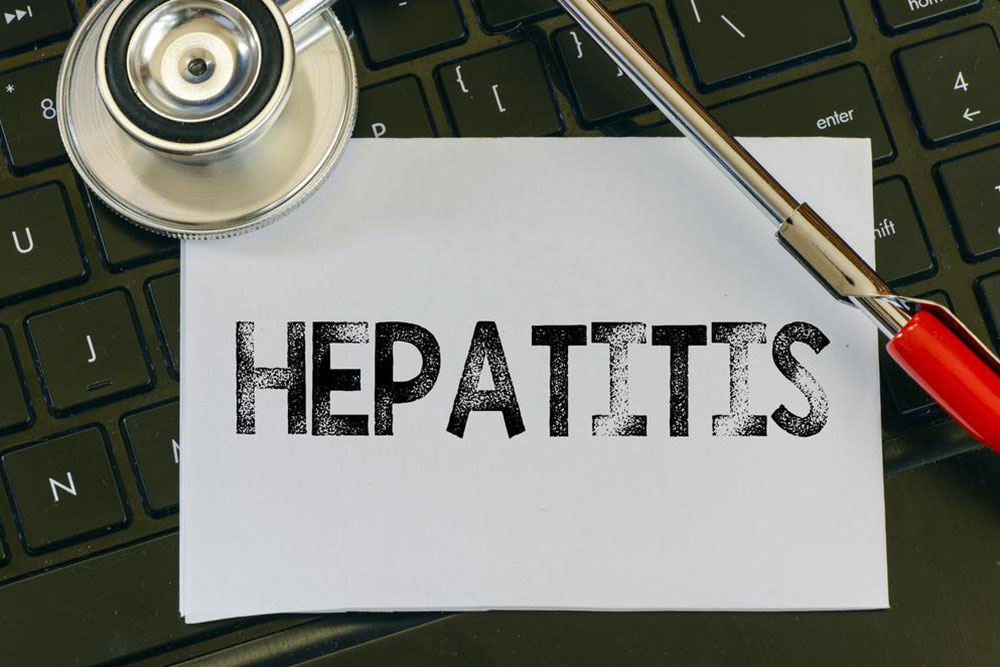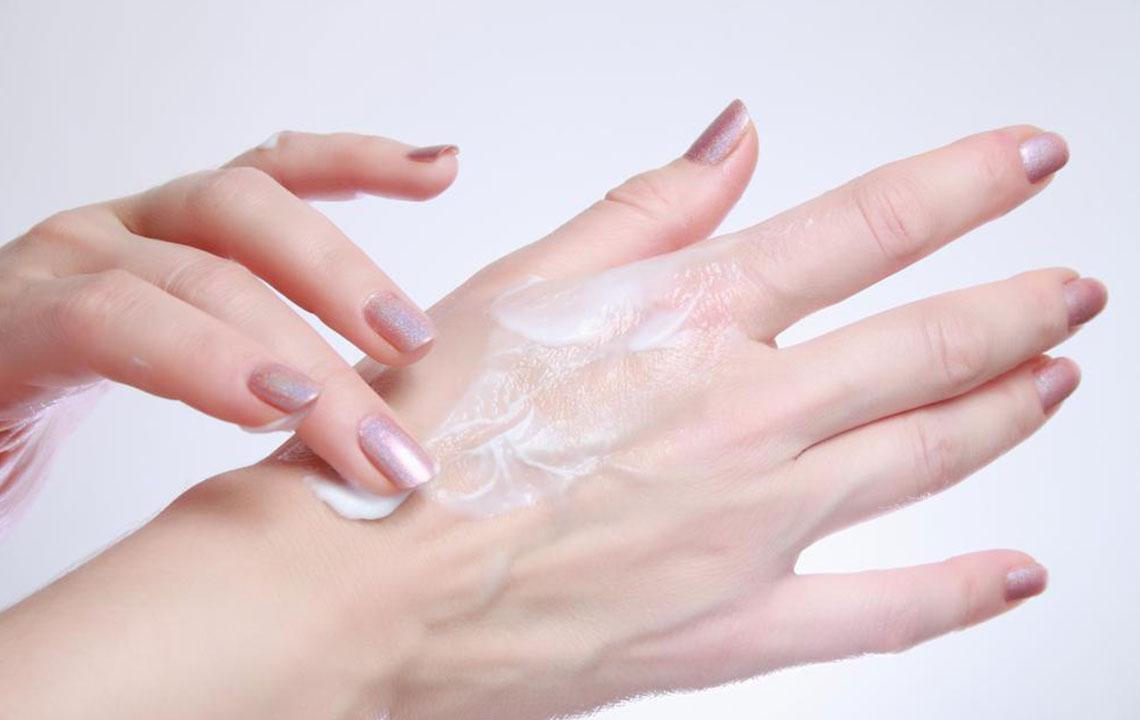Understanding and Managing Postherpetic Neuralgia
Postherpetic neuralgia is a persistent nerve pain that follows shingles, caused by the varicella-zoster virus. Preventive vaccines and early antiviral treatment can reduce risk, while medications like antidepressants, herbal remedies, and patches provide relief for ongoing symptoms. Understanding options helps manage this painful condition effectively, especially in older adults. Timely intervention is crucial for better outcomes and improved quality of life.

Understanding and Managing Postherpetic Neuralgia
Postherpetic neuralgia (PHN) is a nerve pain condition that can follow shingles, caused by the varicella-zoster virus, the same virus responsible for chickenpox. After initial infection, the virus lies dormant near spinal nerves and can reactivate later in life, leading to shingles — painful skin rashes and blisters. Sometimes, pain persists even after shingles heals, lasting months or years, especially in older adults. Symptoms vary from mild discomfort to severe, stabbing pain that can be triggered by light touch, clothing friction, or breeze.
Preventative measures and treatments are available to lower the risk of PHN and relieve symptoms. Vaccination with Zostavax significantly cuts the likelihood of developing post-shingles nerve pain. Antiviral medications like valacyclovir and acyclovir, if administered within three days of shingles onset, can minimize the chances of PHN. For ongoing pain, options include tricyclic antidepressants, herbal remedies, opioids, capsaicin patches, and lidocaine-based treatments, all aimed at soothing inflamed nerves and reducing discomfort.
While the causes of PHN remain partly unknown, early intervention and vaccination are key in prevention. Once established, various therapies can help manage symptoms, improving quality of life for affected individuals.










